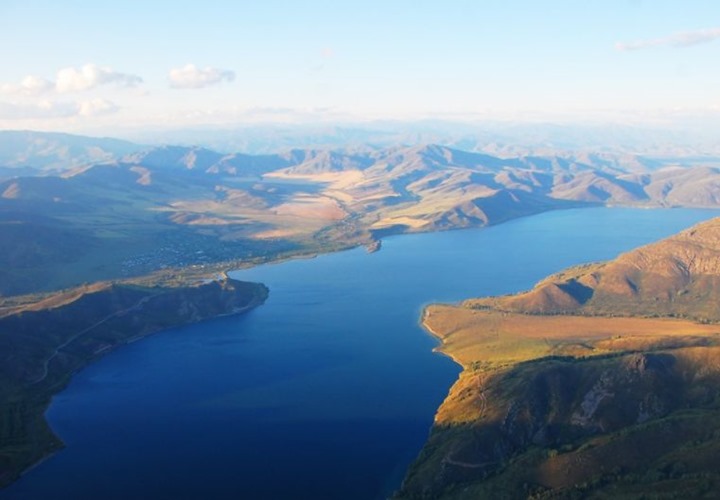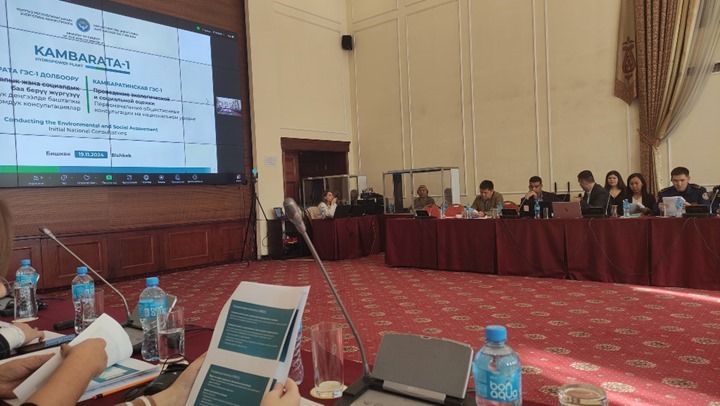The expert urges the three countries to prevent the shallowing of the Irtysh
Russia, China and Kazakhstan should develop a unified water management balance to predict the water level in the Irtysh River, reduce the risks of its shallowing, prevent threats to the water supply of residents and enterprises, shipping, as well as to accurately understand the development of the territory of the Ob-Irtysh basin. Now Russia has to adjust to how much water comes from neighboring countries and take appropriate measures, Lyudmila Litovkina, head of the Ob-Irtysh Hydrometeorology and Environmental Monitoring Hydrometeorological Center, told TASS during the international water forum, which was held in Khanty-Mansiysk of the Khanty-Mansiysk Autonomous Okrug — Yugra from November 15 to 17..

The Irtysh River flows through China, Kazakhstan and Russia. At the same time, several million citizens live in Russia on the territory of the Ob-Irtysh basin. The water level here is important for the economy and shipping, in particular the Omsk region and Ugra.
“The first thing to do is to develop a unified water management balance between Russia, Kazakhstan and China in order to understand how much water we have in the Ob-Irtysh basin and how we use it. There is still no such detailed information on the Irtysh and its tributaries. This should include, among other things, the volumes of flow transfer in cross-border channels, which should be fixed by the decision of the joint Russian-Kazakh commission. Thanks to this, we will know exactly what to plan (for the development of the Ob-Irtysh basin — approx. TASS) and how to organize your activities here. So that it doesn’t happen that China took too much water from the Irtysh, for example, and didn’t give anything to Kazakhstan and Russia. As a result, the river has become shallow,” the agency interlocutor said during the round table “Water resources management of the Ob—Irtysh basin in the context of climate change: interregional and transboundary aspects.”
According to her, now China is trying not to disclose information about how much water it takes from the Irtysh and how much it returns, so the data are compiled according to indirect information. She noted that a reservoir is currently being built in the Omsk region — Krasnogorsk hydroelectric power plant — to raise water and its reserves for residents. “The Omsk region and the city of Omsk are very dependent on the volumes of water in the Irtysh. Including shipping,” she added.


